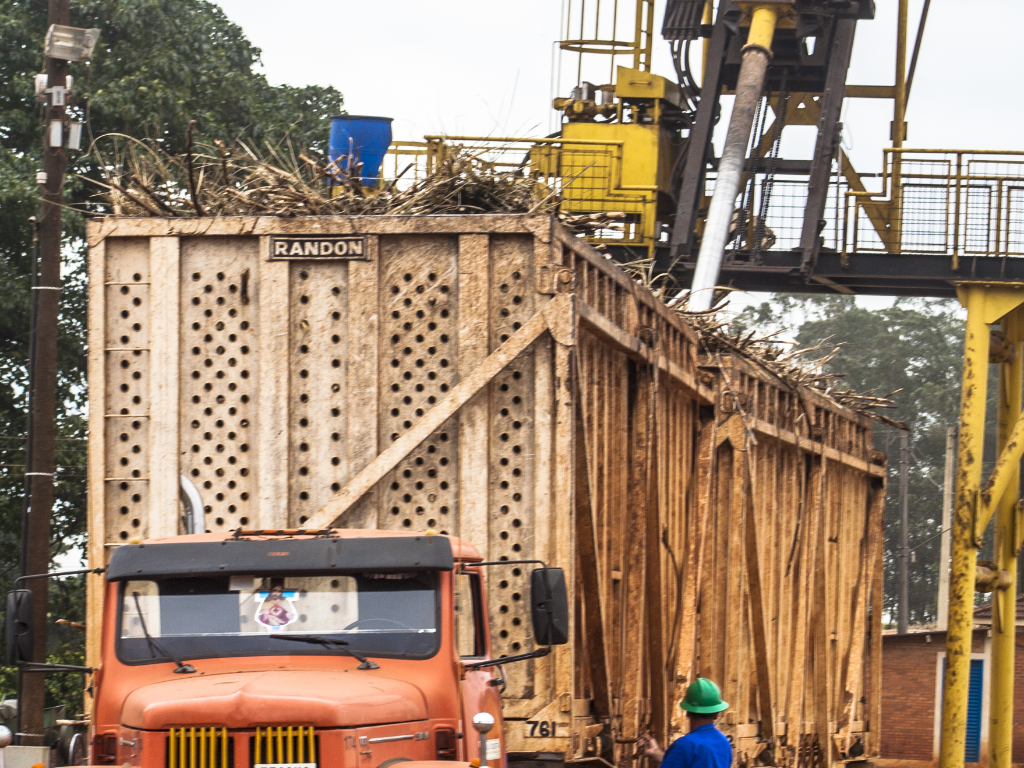INTRODUCTION
This report presents an analysis of cane quality across all sugarcane-growing regions in the country for the month of June 2024. It focuses on key parameters such as pol, moisture, and fiber content, which are crucial in determining the efficiency of sugar extraction and the overall quality of the cane. The aim of this analysis is to provide insights into the current state of sugarcane quality, identify challenges, and offer recommendations for improvement as we transition to a new model of payment based on quality.
ANALYZED PARAMETERS
- Pol: This refers to the sucrose content in the cane juice, which is an essential factor in determining the sugar yield from cane.
- Moisture: This represents the amount of water present in the cane at the time of analysis. Moisture content is also a critical factor in determining the weight of the cane and the efficiency of mill extraction and processing.
- Fiber Content: This refers to the non-sucrose organic material in the cane. While it is important for structural integrity, excessive fiber can hinder the extraction process and reduce sugar recovery.
The total number of NIR samples analyzed across all regions for this reporting month is 891.
The regions are represented by the CTUs as follows:
- Western Region: (Butali CTU, Nzoia CTU, Mumias CTU, and West Kenya CTU)
- Nyanza Region: (Kibos CTU, Chemelil CTU, and Muhoroni CTU)
- South Nyanza Region: (Sony CTU, Transmara CTU, and Sukari CTU)
- Coast Region: (Kwale CTU)
|
REGION |
AVERAGE POL% |
AVERAGE BRIX% |
AVERAGE MOISTURE% |
AVERAGE FIBER% |
AVERAGE PURITY% |
|
WESTERN REGION |
11.19 |
13.65 |
67.72 |
18.62 |
82.12 |
|
NYANZA REGION |
12.30 |
14.74 |
67.48 |
17.65 |
82.74 |
|
SOUTH NYANZA REGION |
11.45 |
14.04 |
68.09 |
17.40 |
81.48 |
|
SOUTH COAST REGION |
10.75 |
13.73 |
69.77 |
16.50 |
78.30 |
CHALLENGES ACROSS REGIONS
- Slow Cane Delivery: Due to heavy rains experienced across the country, there has been a significant reduction in the number of sampled trucks across regions, resulting in the analysis of muddy samples.
- Sampling Interruptions: Some CTUs were unable to sample due to various reasons, including mill breakdowns and other civil works that prevented the entry of trucks into the unit. Mumias is yet to start sampling.
- High Trash and Mud Content: In the Coast Region, most cane harvested by machine (chopper) contains a lot of trash and mud.
- Data Management: There is a need to link the CTU with the mill's weighbridge to capture consignment details more easily.
- Political Strife: Delays in cane supply due to political strife have slowed lab operations in most CTUs across the regions.
- Moisture Levels: Sampling during heavy rains has also contributed to high moisture levels during analysis.
RECOMMENDATIONS
- Moisture Control: Factories should explore methods to reduce moisture content, especially during heavy rain seasons. Techniques like pre-drying or improved drainage can be adopted to enhance extraction efficiency.
- Research and Development: Investing in research to identify and propagate cane varieties with more consistent sucrose levels and shorter maturity periods will help mitigate the cane shortage.
- Farmer and Stakeholder Education: Sensitize farmers and other stakeholders on good harvesting and cane loading practices to minimize extraneous matter in the harvested cane.
CONCLUSION
The analysis of cane quality across the regions highlights major challenges and offers recommendations for improvement as we move towards adopting the proposed quality-based payment system.
PREPARED BY:
Etherly Barasa
Nzoia Cane Testing Unit

